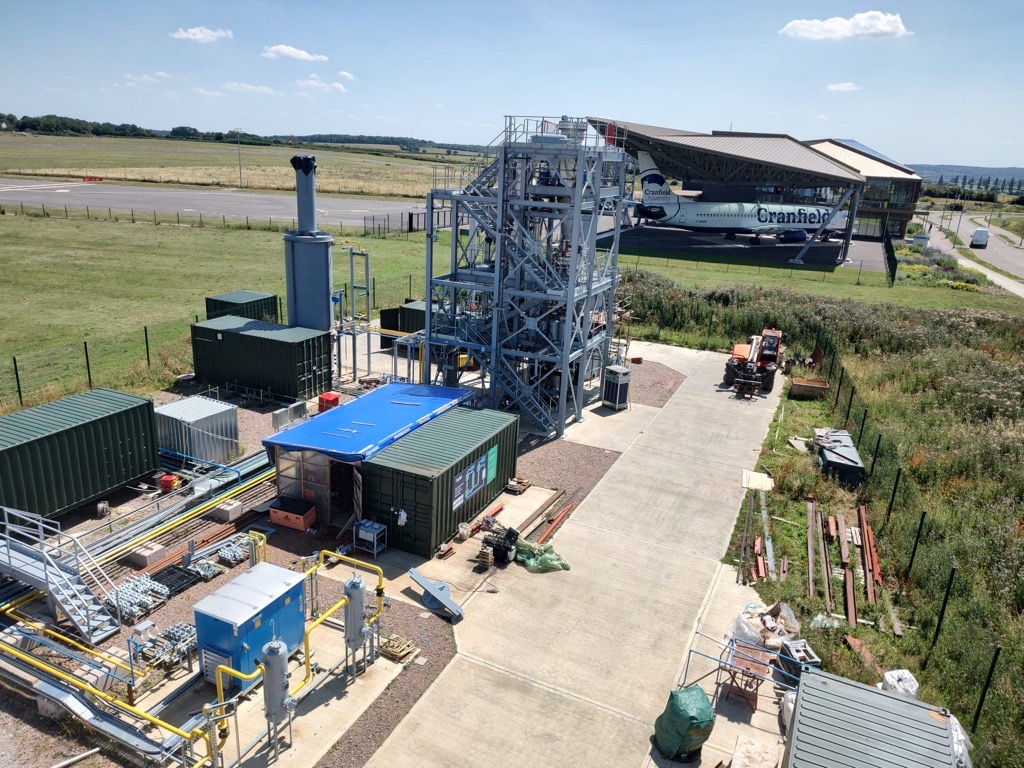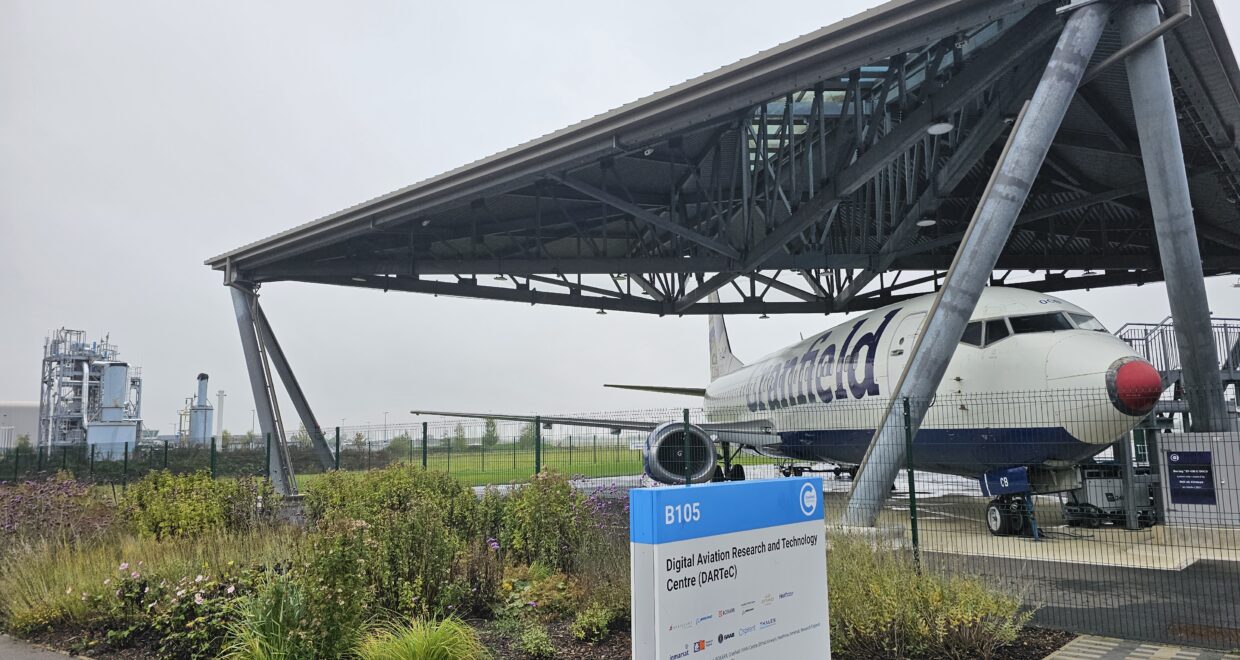The ‘Hangar of the Future’ for Sustainable Aviation
The Aeronautical Journal November 2024 Vol 128 No 1329
In an era where sustainability is a strategic imperative, the aviation industry is undergoing a transformative shift. At the forefront of this evolution is the concept of the ‘Hangar of the Future’, a game-changing approach that promises to redefine aircraft maintenance and operations through advanced technologies and sustainable practices, thereby revolutionising the industry.
Sustainability is becoming a significant key driver in the aviation industry. It has evolved from primarily delivering economic benefits to integrating social, environmental, and financial performance, known as the “triple bottom line.” This shift is driven by global initiatives like the International Civil Aviation Organisation’s (ICAO) Global Coalition for Sustainable Aviation. The focus on operations and infrastructure presents immediate opportunities for sustainability gains, with digital technologies playing a crucial role.
The “Hangar of the Future” concept leverages manufacturing, materials, robotics and artificial intelligence advancements to enhance operational efficiencies. Key features include Integrated Vehicle Health Management (IVHM) architectures and Maintenance Repair and Overhaul (MRO) technologies that aim to reduce downtime, costs and environmental impact while improving safety.
Cranfield University’s IVHM Centre and Digital Aviation Research and Technology Centre (DARTeC) are at the heart of this innovation. Their research explores how Smart Hangars can incorporate digital twins, robotics and advanced data analytics to optimise maintenance processes. These technologies enable predictive maintenance, allowing for proactive interventions before failures occur, thus minimising disruptions and enhancing sustainability.
Looking ahead, Cranfield University aspires to develop a ‘Conscious Aircraft’ that maximises operational efficiency and sustainability throughout its lifecycle. This vision aligns with broader industry trends towards digital transformation and integrating Industry 4.0 technologies into MRO operations.

Another exciting development toward sustainability in aviation is the HyPER project at Cranfield University, a pioneering initiative focused on advancing sustainable hydrogen production to support global decarbonisation efforts. This project is an international collaboration led by Cranfield University which aims to design, construct and operate a 1.5MWth hydrogen production pilot plant utilising sorbent enhanced steam reforming (SESR) technology. The project is linked to aviation through its potential to facilitate the transition to hydrogen-powered flight, contributing to the decarbonisation of the aviation industry. Cranfield University is leveraging its expertise in hydrogen research to develop technologies that integrate hydrogen production, storage and utilisation specifically for aviation applications. This effort is part of a broader initiative at Cranfield, which includes the CH2i program aimed at creating a sustainable hydrogen ecosystem for aviation. The project supports the development of hydrogen fuel cell propulsion systems and infrastructure improvements at Cranfield Airport, enabling safe testing and demonstration of hydrogen-powered aviation technologies. This integration is crucial for achieving net-zero emissions in aviation by providing clean fuel alternatives and advancing the necessary technology and infrastructure
While the fourth industrial revolution focuses on automation and data exchange, Industry 5.0 introduces a human-centric approach emphasising collaboration between humans and machines. This paradigm shift aims to enhance industrial workflows through hyper-customisation while ensuring resilience and sustainability. In the context of MRO, Industry 5.0 initiatives are transforming maintenance processes by combining human expertise with AI-driven diagnostics and robotic precision. This integration not only boosts efficiency but also addresses ethical concerns related to job displacement by empowering human workers with advanced technological tools.
In conclusion, the ‘Hangar of the Future’ represents a pivotal step towards sustainable aviation. By harnessing cutting-edge technologies and fostering human-machine collaboration, it promises to revolutionise aircraft maintenance while aligning with global sustainability goals. As these innovations continue to unfold, they will undoubtedly shape the future trajectory of the aviation industry, making it more resilient, efficient and environmentally conscious.
“The ‘hangar of the future’ for sustainable aviation” by A. Plastropoulos, I.-S. Fan, N.P. Avdelidis, J.P. Angus, J. Maggiore and H. Atkinson. This open access paper appears in The Aeronautical Journal.

The Royal Aeronautical Society is the world’s only professional body dedicated to the entire aerospace community. Established in 1866 to further the art, science and engineering of aeronautics, the Society has been at the forefront of developments ever since.
www.aerosociety.com | National Aerospace Library catalogue & e-books
Book reviews covering academic, scientific and technical books covering aeronautical engineering and topics relating to it can be found here: www.aerosociety.com/news-expertise/national-aerospace-library/book-reviews






